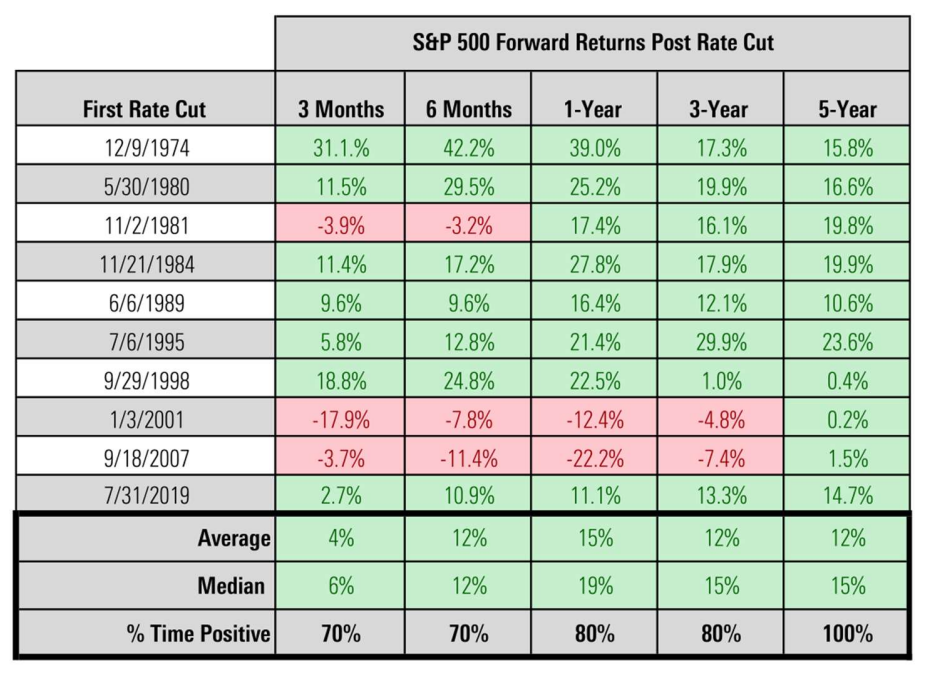Later this year, SIMPLE IRA Plus plan sponsors will be able to offer participants more ways to save for retirement by adding Roth after-tax deferral contributions as a plan feature.
Driven by the SECURE 2.0 Act of 2022, Roth employee deferrals are an optional plan feature available to new plans effective May 1, 2024. Existing plans can add the feature for the 2025 plan year.
To take advantage of these capabilities:
- New plans must select Roth elective deferrals in their plan adoption agreement.
- Existing plans must amend and restate their adoption agreement prior to November 2 and notify participants of this change prior to the annual enrollment period, which will run from November 2 through December 31. Learn more about amending and restating SIMPLE IRA Plus plans.
We’ll notify existing SIMPLE IRA Plus plan sponsors of these enhancements. Additionally, we’ll provide these plans with the steps required to amend and restate their adoption agreements, including the appropriate notification documents to participants, prior to the annual enrollment period.
We’re also evaluating recent guidance on employer Roth contribution, and we expect to introduce Roth contribution options for other SIMPLE IRA products later this year. We plan to communicate more details about these options at a later date.
Please visit our account resource center for additional assistance with your SIMPLE IRA Plus plans. You can also learn more about the status of our support for SECURE 2.0 provisions.
Frequently asked questions
General
- What’s driving the availability of Roth for SIMPLE IRAs?
- Section 601 of SECURE 2.0 Act of 2022 allows plans to offer Roth employee and employer contributions for SIMPLE IRAs and SEP IRAs for plan years beginning after December 31, 2022.
- What’s Capital Group’s plan for introducing Roth contributions to SIMPLE IRA plans?
- We plan to introduce Roth employee deferrals to SIMPLE IRA Plus starting May 1, 2024.
- We’re also evaluating recent guidance on employer Roth contribution, and we expect to introduce Roth contribution options for other SIMPLE IRA products later this year. We’ll communicate more details about these options at a later date.
SIMPLE IRA Plus
- What’s required for plans to offer Roth employee deferrals?
- New plans must select Roth employee elective deferrals in their plan adoption agreement.
- Existing plans must amend and restate their adoption agreement prior to November 2, and notify participants of this change prior to the annual enrollment period from November 2 through December 31. We’ll share more information with plan sponsors, including the required steps to add a Roth option to an existing plan, later this year.
Note: All employer contributions must be made on a pre-tax basis at this time. We’re working on updating our recordkeeping system to accommodate Roth employer contributions and expect to communicate more information soon.
- Are plans required to offer Roth employee deferrals contributions?
- No, this is an optional plan feature.
Investments are not FDIC-insured, nor are they deposits of or guaranteed by a bank or any other entity, so they may lose value.
Investors should carefully consider investment objectives, risks, charges and expenses. This and other important information is contained in the fund prospectuses and summary prospectuses, which can be obtained from a financial professional and should be read carefully before investing.
All Capital Group trademarks mentioned are owned by The Capital Group Companies, Inc., an affiliated company or fund. All other company and product names mentioned are the property of their respective companies.
Use of this website is intended for U.S. residents only. Use of this website and materials is also subject to approval by your home office.
Effective July 1, 2024, American Funds Distributors, Inc. was renamed Capital Client Group, Inc.
This content, developed by Capital Group, home of American Funds, should not be used as a primary basis for investment decisions and is not intended to serve as impartial investment or fiduciary advice.



